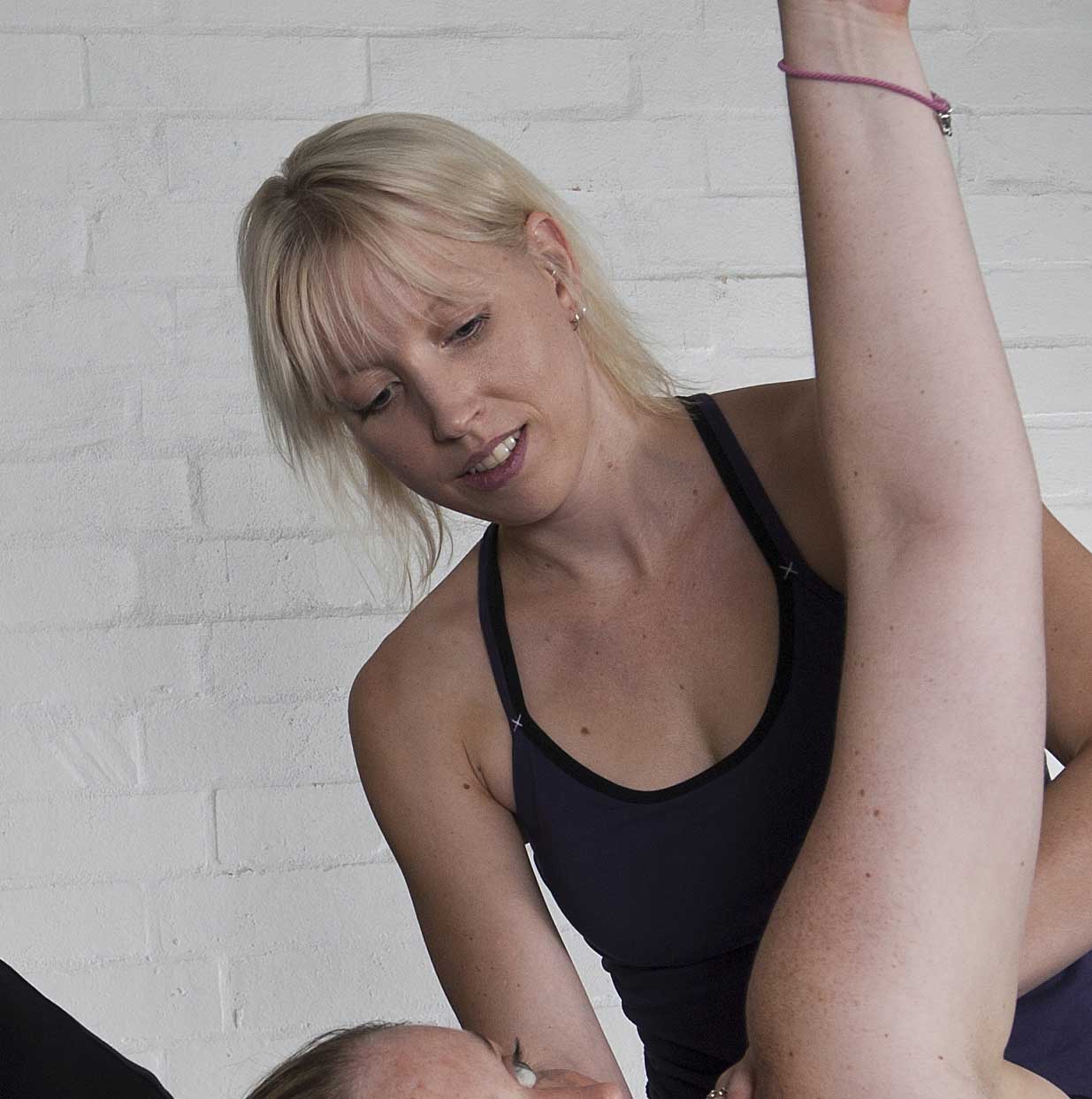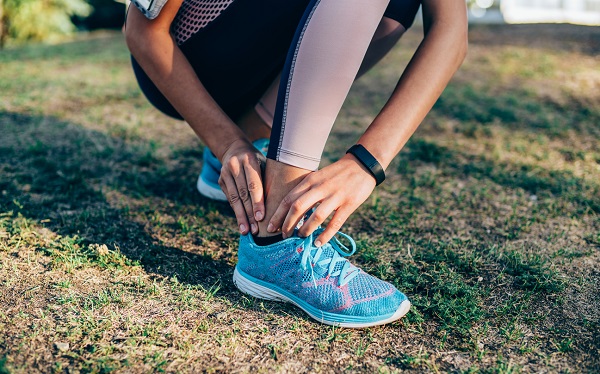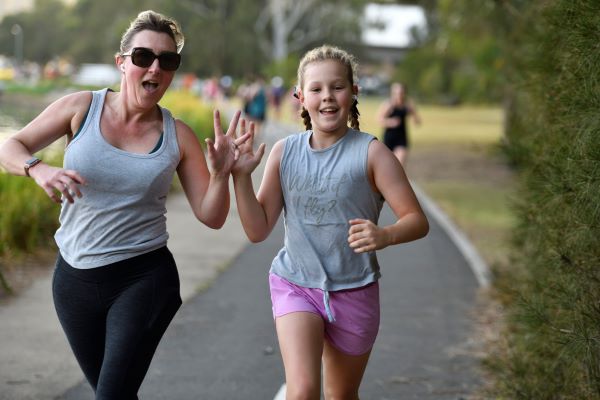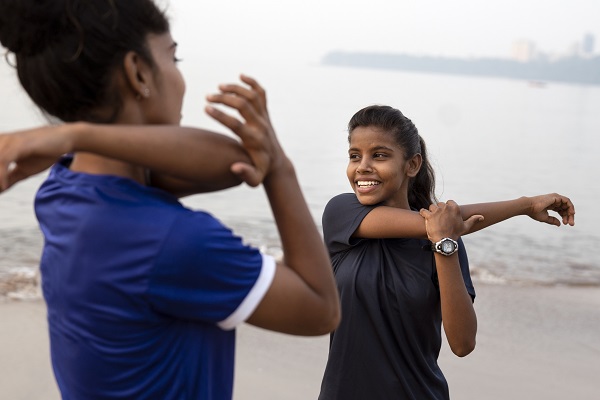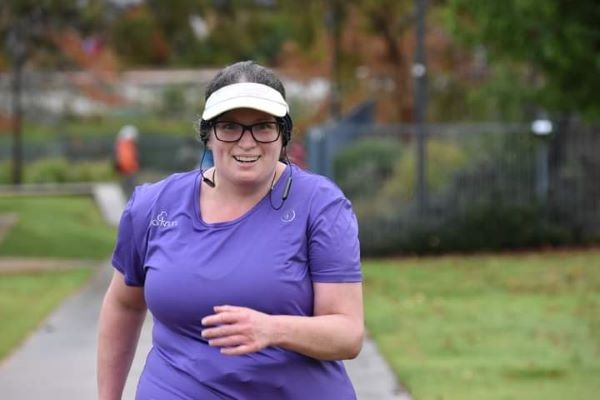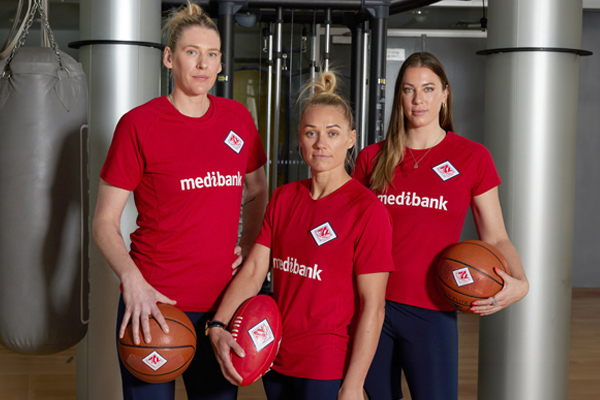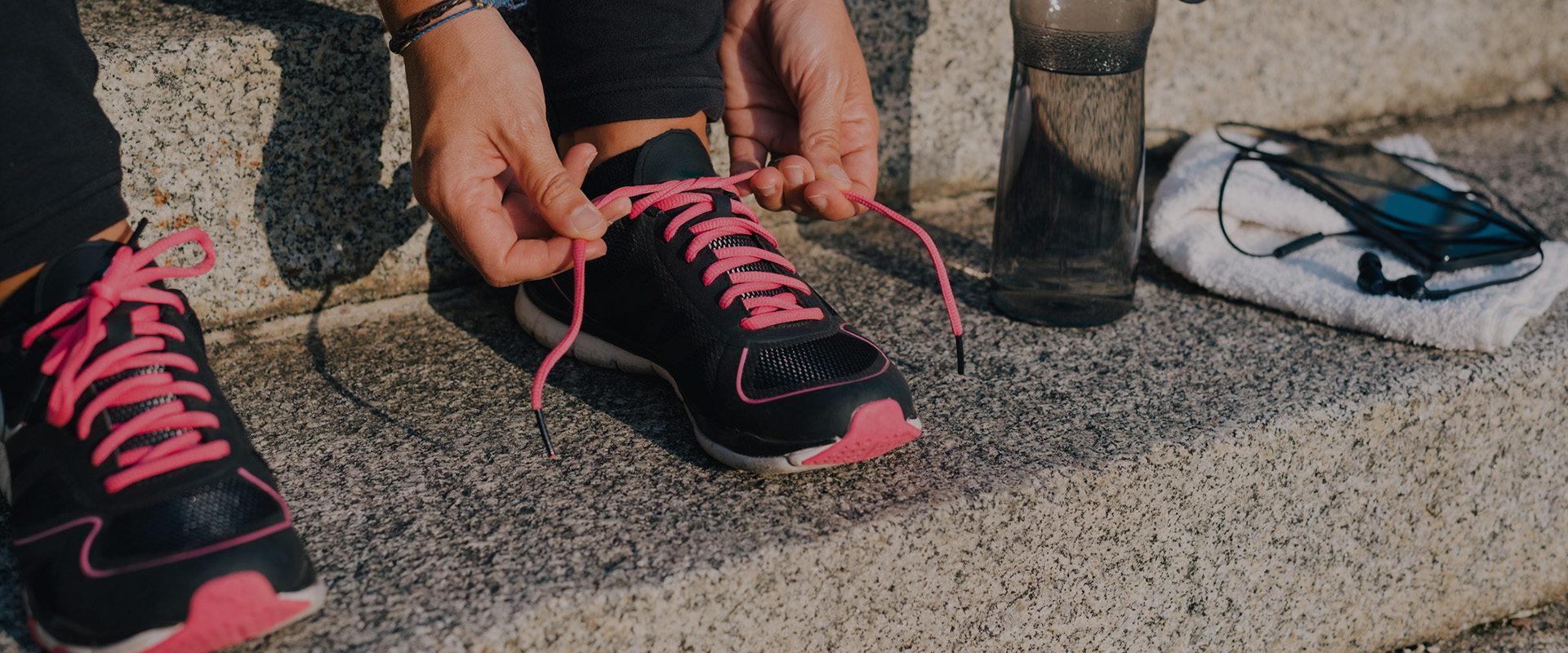-
If you experience lower back pain, you’re not alone. According to the Australian Bureau of Statistics 2014-15 National Health Survey, chronic back problems impact 16% of Australians, and an estimated 70-90% of us will experience lower back pain in some form throughout our lifetimes.
Alongside a treatment plan prescribed by your doctor, practising yoga may help provide some relief from back pain. This has been supported by a number of recent studies. For example:
- A 2018 study published in Journal of Physiotherapy found a 12-week Hatha yoga program was as effective as individually delivered physiotherapy for people with chronic nonspecific lower back pain.
- A 2011 study published in Annals of Internal Medicine found that a 12-week yoga program led to greater and faster improvements in back function for adults with chronic or recurrent low back pain than usual care provided over a 12-month period.
The benefits of yoga are vast. Yoga combines physical exercise (to improve strength, range of movement and balance) with breathing and meditation (to improve mental health and quality of life). Classes are usually delivered in a group format, which can also foster a sense of belonging and provide the opportunity for emotional support.
Strengthening, balance and stretching
The physical postures (asanas) practised in yoga help develop and maintain muscular strength, flexibility and balance. Core strength is essential for a healthy, stable back. When functioning correctly, core muscles help protect the spine, maintain stability between the block-like bones of the spine (vertebrae), and reduce stress impacting the vertebrae and discs. Greater core strength also helps improve balance.
Research shows that restriction in certain range of movements and flexibility (eg. tight hamstrings) can lead to the development of back pain. Yoga constantly takes the body through its range of movement and maintains or increases flexibility.
Breathing and relaxation
The breathing (pranayama) and meditation and relaxation (dhyana) practised in yoga are vital components of the practice. Back pain can be debilitating and could have a negative impact on your mental wellbeing and quality of life.
A review of studies on yoga for chronic lower back pain published in 2013 in Pain Research and Management showed yoga may help reduce ruminating on pain, improve the ability to cope with pain, reduce the production of cortisol (the stress hormone) and improve quality of life.
Awareness of the body, posture and alignment
In yoga, the practice of drawing inward (pratyahara) helps develop greater body awareness. The practice involves taking your attention away from distractions such as racing thoughts, and placing your attention on the body, its sensations and the moment-to-moment experience. Concentrating on and being present in the body can be transferred to everyday activities such as sitting and standing with good posture.
Through greater body awareness we become conscious of habitual patterns we may have, such as continually crossing the same leg, pushing the pelvis forward when we are standing, slouching the shoulders when we are seated, or standing with our weight always taken through the same leg. We can then start to break these habits and rewrite the patterns of our body with the intention of creating more freedom of movement, stability, better body alignment and improved posture.
Yoga poses for back pain
If you are interested in starting yoga to assist with back pain, keep in mind there are many styles of yoga. Look for a gentle style of yoga such as Hatha, Iyengar, Viniyoga or Yoga Therapy.
It is recommended to find a yoga teacher registered with Yoga Australia who is experienced in this area. To find a qualified yoga professional in your area, visit yogaaustralia.org.au. Talk to your GP before starting any new exercise program.
Yoga postures are not a prescription, and a posture that works for one individual may not be suitable for the next. However, two simple postures you might like to try are:
How can yoga help with back pain?


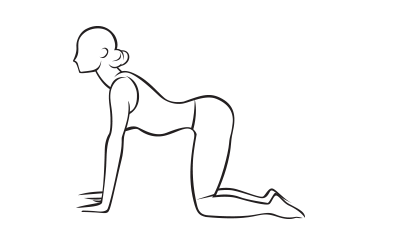
-
Marjarasana and Bitilasana – Cat and Cow
Place yourself on your hands and knees. As you inhale, gently lower your belly and lift your head and chest. As you exhale, round your spine up towards the sky and lower your head. Continue to move in time with your breath.
To make this an effective core strengthener, as you transition from one posture to the next, focus on moving one vertebra at a time, from your tailbone to the crown of your head. Cat and Cow take your spine through spinal extension and flexion, and target your transverse abdominal muscles (deep core muscles).

-
Dandayamana Bharmanasana – Balancing Table Pose
On your hands and knees, draw your belly up towards your spine and extend your right leg out behind you, with your foot at hip height. Make sure your spine is neutral (in its natural curves) and don’t raise your leg too high. If you’d like to increase the challenge, take your left arm out in front with your thumb pointing up to the sky.
This posture targets the integration of your multifidus and transverse abdominal muscles (the deep core muscles) and strengthens your spinal extensor muscles (superficial core muscles).
-
How to walk 10,000 steps
Discover how to easily reach your goal of 10,000 steps daily.
-
Everything you need to know about parkrun
Been wondering what a parkrun looks like? Where do you go? What do you do? How do you sign up? Find out here.
-
Five ways to exercise when on a budget
You don’t need to spend money on gym memberships just to meet your fitness goals. Here are five free ways to stay healthy and active when you’re living on a budget.
-
How parkrun changed my life
Christie Farrow went from being an exercise-phobe to a true blue runner with parkrun.
-
Australia's top female athletes unite on ACL injury
Some of Australia's most talented athletes have joined forces to highlight the unique injury challenges women face.
-
How to create your perfect summer fitness plan
Be inspired by the sunshine and get moving
Subscribe to receive the best from Live Better every week. Healthy recipes, exercise tips and activities, offers and promotions – everything to help you eat, move and feel better.
By clicking sign up I understand and agree to Medibank's privacy policy
